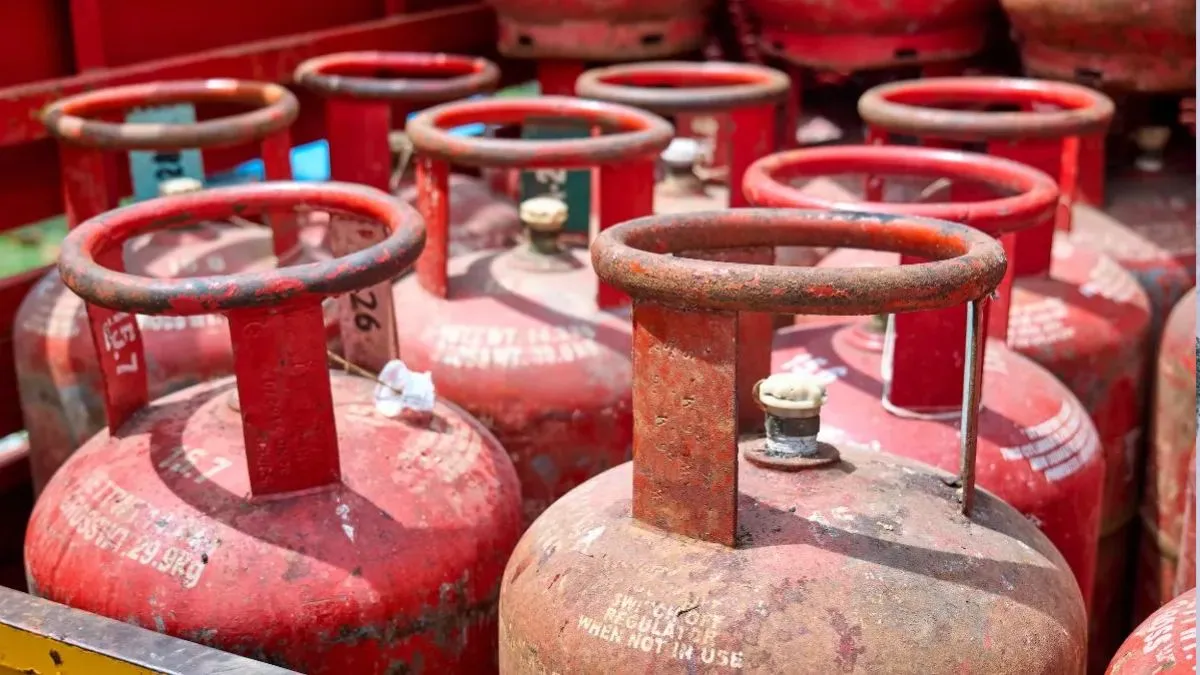- By Shibra Arshad
- Fri, 10 Oct 2025 04:03 PM (IST)
- Source:JND
The recent blast in Faizabad has raised concerns about the safety of LPG cylinders. While the cause of the blast is yet to be determined, it highlights the importance of being cautious when handling gas cylinders. Oil companies have issued guidelines for safe usage, but consumers must be aware of the cylinder's lifespan.
Here’s How You Can Check The Cylinder's Lifespan
To ensure safety, check the code on the cylinder's nozzle, which indicates its manufacturing date. The code consists of a letter (A, B, C, or D) followed by the year. Here's how to decipher it:
- A: January-March
- B: April-June
- C: July-September
- D: October-December
For example, if the code is A-25, the cylinder was manufactured in the first quarter of 2025 and is valid until March 2025.
Safety Precautions
- Expiry Date: Check the expiry date before using the cylinder. Using an expired cylinder can be hazardous.
- Storage: Store the cylinder in a well-ventilated area, away from direct sunlight and heat sources.
- Usage: Always keep the cylinder in a vertical position and never lay it on its side.
- Regulator and Pipe: Use ISI-marked regulators and pipes, and replace rubber pipes every two years.
- Leakage Check: Regularly check for gas leaks by applying soapy water to the nozzle.
Precautions During Cylinder Delivery
- Check the Seal: Ensure the seal is intact before accepting the cylinder.
- Weight Check: Verify the weight of the cylinder, including the gas and the tare weight (empty cylinder weight).
- Electronic Scale: Insist on weighing the cylinder using an electronic scale.
Weight Specifications
- Domestic Cylinder: 14.2 kg gas + 15-16 kg empty cylinder weight
- Commercial Cylinder: 47.5 kg gas + 19 kg empty cylinder weight
- Small Cylinder: 10 kg gas + 5 kg empty cylinder weight
By following these guidelines and taking necessary precautions, consumers can ensure safe usage of LPG cylinders and prevent accidents.

